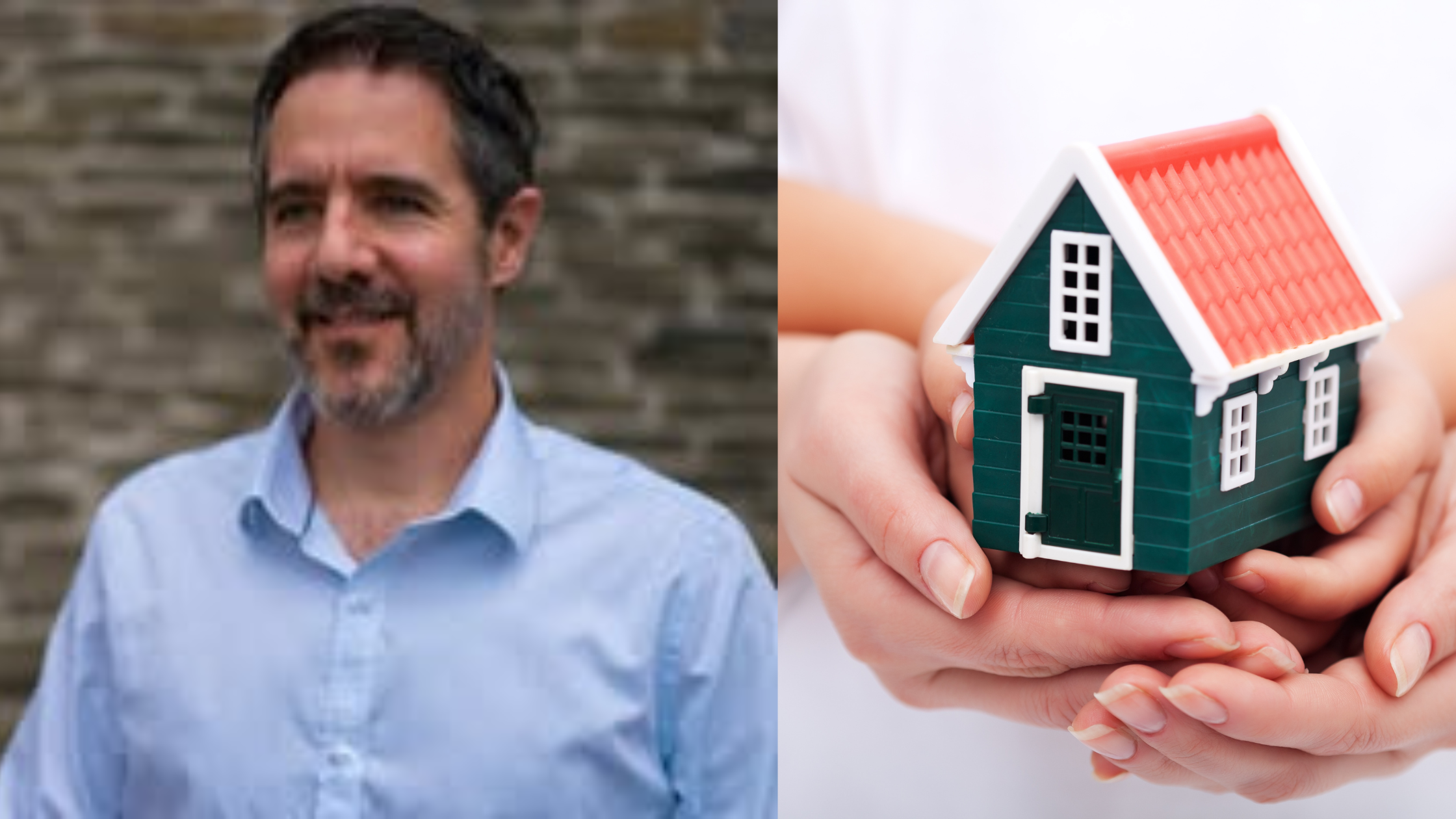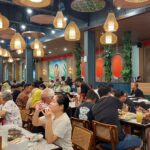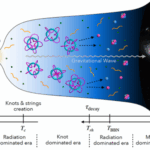Canadian Millionaire Builds 99 Homes to Reduce Homelessness in His Community

Every city has people struggling to find a place to sleep at night. Some pass by without a second thought, others feel a fleeting moment of sympathy—but one man decided to do something about it.
A millionaire with the means to help, he didn’t just donate to a charity or support a shelter. He built nearly 100 homes for the homeless in his town—not for recognition, not for profit, but because he believed in something simple yet powerful: everyone deserves a place to call home.
This isn’t just a story about generosity. It’s a lesson in what happens when we stop asking, “Why isn’t someone fixing this?” and start saying, “What can I do?”
Because real change? It starts with one person willing to act.
12 Neighbours: A Vision of Community and Stability
Homelessness isn’t just about lacking a roof over your head—it’s about losing stability, dignity, and a sense of belonging. Too often, society treats it as an unsolvable issue, pushing it to the background while people continue to suffer in plain sight.
But for this millionaire, the issue wasn’t something to be ignored. He saw it firsthand in his own town and decided that waiting for change wasn’t an option. Instead of temporary fixes, he wanted to create real, lasting solutions—homes that provided security, privacy, and the foundation for a fresh start.
Tiny home villages became the answer. More than just small shelters, these spaces were designed to give people a renewed sense of control over their lives. Unlike crowded shelters or transitional housing, these homes represented independence—offering not just a place to sleep, but a place to rebuild.
This wasn’t about charity. It was about restoring dignity.
Building More Than Homes—Restoring Hope
 Image source: Pexels
Image source: Pexels
Having a vision is one thing. Bringing it to life? That takes commitment.
This millionaire didn’t just write a check and walk away—he got involved. He worked with local officials, organizations, and builders to ensure these homes weren’t just quick fixes but sustainable solutions. Funding was secured, land was acquired, and a blueprint for change was set in motion.
Each home was carefully designed to offer more than just shelter. With heating, electricity, and basic amenities, they provided a real foundation for people to rebuild their lives with dignity. But beyond the homes themselves, the project also fostered a sense of community. These villages weren’t just a collection of tiny houses; they were places where people could find stability, support, and a way forward.
This model stands in stark contrast to traditional approaches that focus on short-term aid rather than long-term solutions. Instead of just offering temporary beds, these homes give people the opportunity to reclaim their independence.
Because solving homelessness isn’t just about putting a roof over someone’s head—it’s about giving them a reason to believe in tomorrow.
The Impact: Real Stories, Real Change
 Image source: Pexels
Image source: Pexels
A house is more than four walls and a roof—it’s a place to feel safe, to sleep without fear, to wake up with hope. For the people who moved into these homes, the impact was life-changing.
For some, it meant finally having an address to apply for a job. For others, it was a chance to focus on their health, rebuild relationships, or simply enjoy the basic human right of having a space to call their own.
One resident, after years of uncertainty, shared how having a tiny home restored their sense of dignity. No longer viewed as just another statistic, they felt seen, valued, and capable of starting over.
This wasn’t just about handing out keys—it was about restoring self-worth.
With nearly 100 homes built, the ripple effect is undeniable. Fewer people sleeping on the streets. More individuals finding stability. A community proving that when we invest in people, we get something priceless in return—hope.
Economic Empowerment Through Job Creation
 Image source: Pexels
Image source: Pexels
Central to the ethos of the 12 Neighbours initiative is the belief that providing housing is just the first step towards true self-reliance. Marcel LeBrun understands that economic empowerment is equally crucial in ensuring the long-term success of the residents. With this in mind, the project includes an innovative enterprise center designed to offer not just employment but also a pathway to entrepreneurship for its residents.
Inside the community, the enterprise center acts as the economic heartbeat of 12 Neighbours. Here, residents can find employment opportunities that are more than just jobs; they are chances to learn, grow, and eventually lead. Among the enterprises is a coffee bar, which not only serves as a social gathering spot but also as a business managed and operated by the community members. Additionally, a silk printing business offers residents the chance to engage in creative work, producing goods that are sold both within and outside the community, thus linking 12 Neighbours with the broader Fredericton market.
These businesses are not randomly chosen but are strategic in nature. They are designed to foster skills that are transferable and scalable, with the potential to expand beyond the confines of the community. This model not only stimulates the local economy but also embeds the residents into the fabric of the larger community, facilitating interactions and integration that break down the barriers often faced by those emerging from homelessness.
Moreover, the income generated from these enterprises goes directly back into the community, funding further development and maintenance of the homes and common areas. This self-sustaining economic model helps residents not only to survive but to thrive, creating a cycle of prosperity that uplifts the entire community.
How We Can All Make a Difference
Not everyone has the resources to build 100 homes. But this story isn’t just about money—it’s about mindset.
Real change happens when people stop waiting for someone else to act and start asking, “What can I do?”
It doesn’t take millions to make an impact. Sometimes, it’s as simple as acknowledging someone’s struggle instead of looking away. It’s supporting local shelters, advocating for better housing policies, or even offering a meal and a conversation to someone in need.
This project proves that one person’s action can spark something greater. Compassion is contagious. When one person steps up, others follow. And when enough people care, entire systems begin to shift.
So, ask yourself—what’s one thing you can do today to bring someone closer to hope?
Because change doesn’t start with governments, organizations, or policies. It starts with us.
A Blueprint for Change: The Future of Community Building
As Marcel LeBrun’s 12 Neighbours project continues to evolve, it stands as a beacon of hope and a testament to the power of community-focused initiatives in addressing homelessness. Through a blend of innovative housing design, economic empowerment, and a strong emphasis on ownership and community integration, 12 Neighbours not only offers a new lease on life for its residents but also serves as a model for others to follow. The project’s ability to blend social entrepreneurship with compassionate community building highlights a scalable path to resolving systemic social issues.
The success of 12 Neighbours provides a compelling argument for the replication of such models elsewhere, suggesting that the key to combating homelessness lies in creating environments that nurture stability, dignity, and interconnectivity. As LeBrun looks to expand this project, his vision offers a blueprint for other leaders and communities to not just manage homelessness but to actively dismantle the systemic barriers that perpetuate it.
In the end, 12 Neighbours is more than just a housing project; it is a movement towards a more inclusive and empathetic society. It challenges us to think differently about wealth, responsibility, and community engagement, urging us to invest in solutions that provide more than temporary relief but foster long-term resilience and prosperity.
Featured Image Source: Marcel Lebrun on Facebook
Loading...






